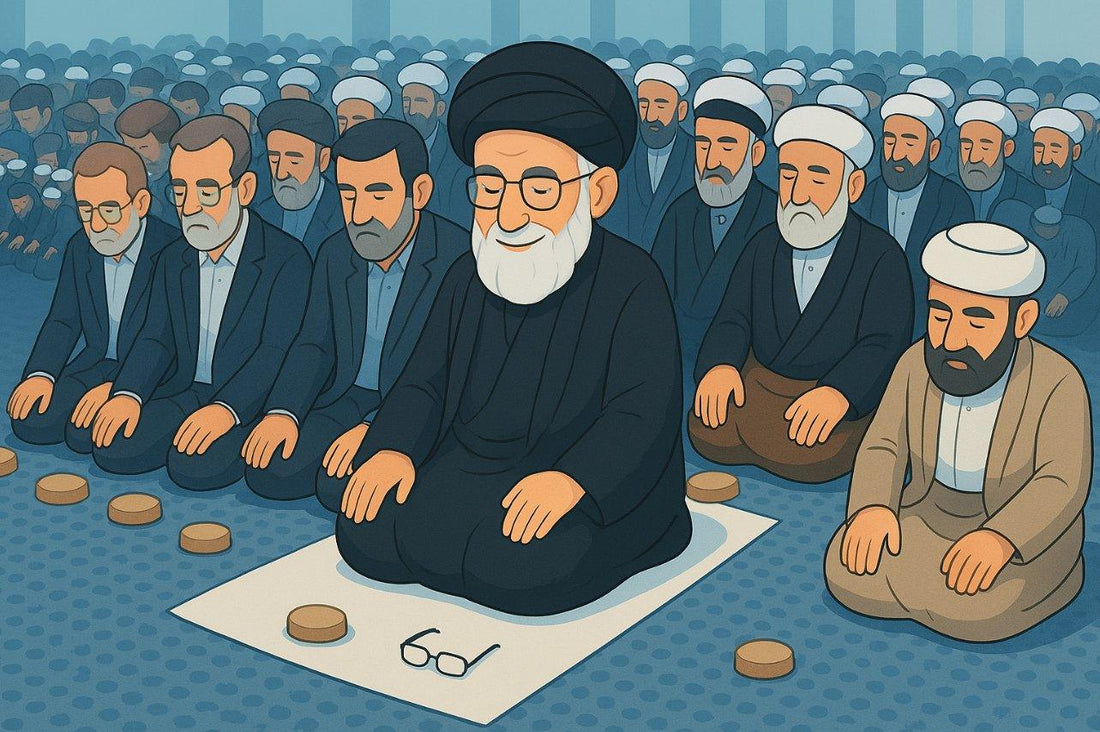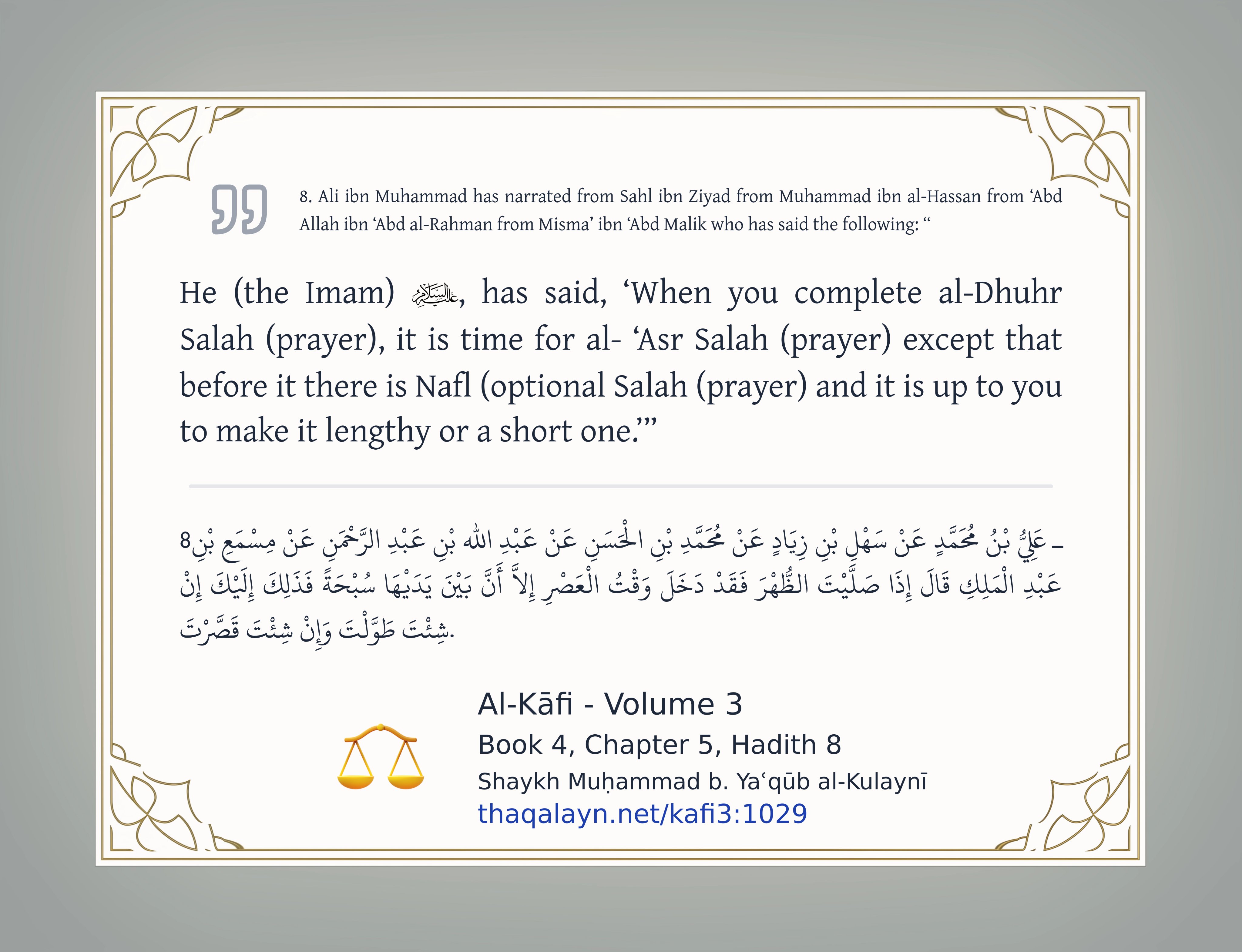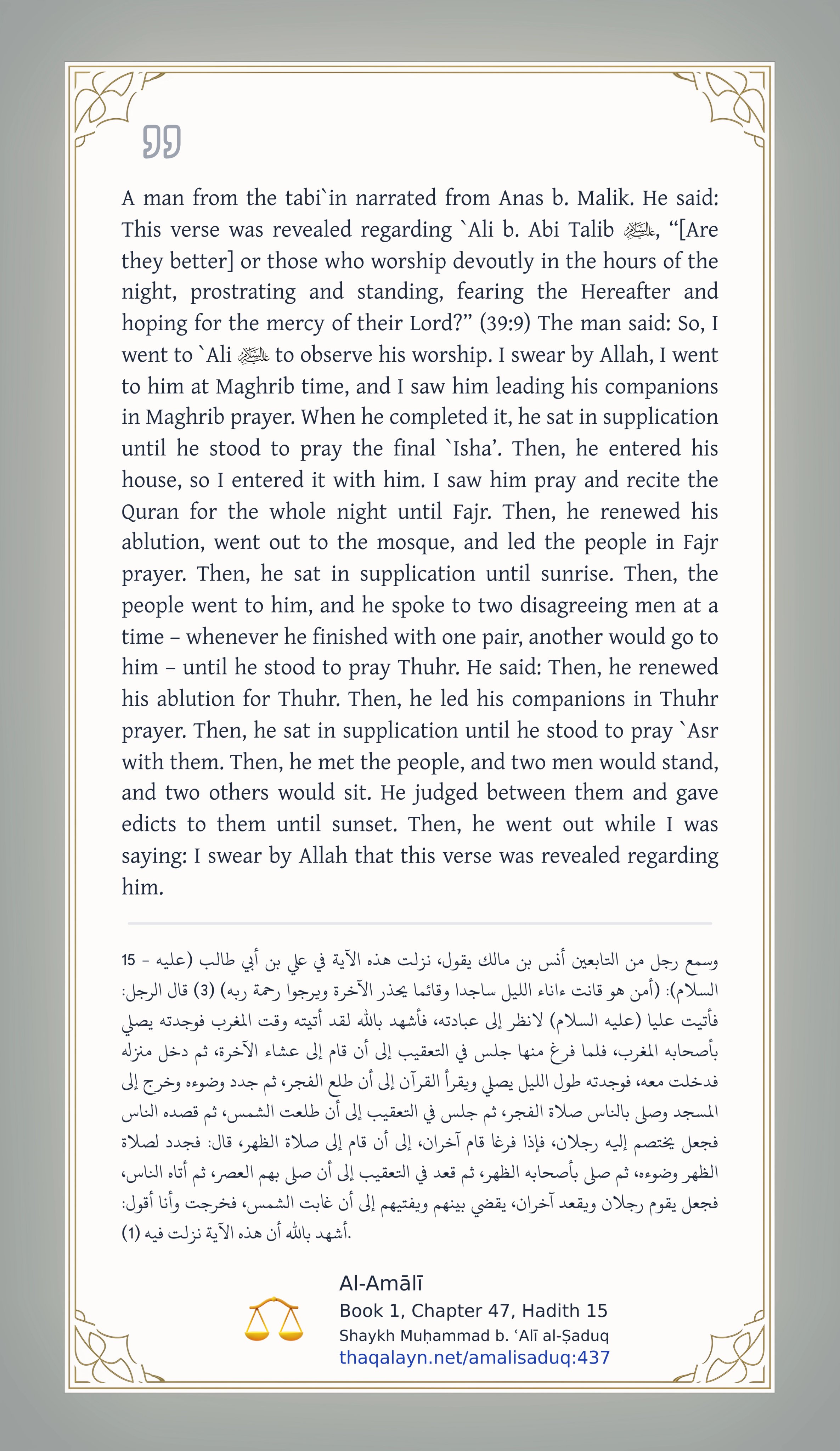
Why do Shia Muslims combine their prayers?
Share
Is it Allowed to Combine Your Prayers in Islam?
Ever noticed Shias praying Dhuhr & Asr together, or Maghrib & Isha back-to-back? It is a practice that is rooted in the Quran and Sunnah of Prophet (SAWAS) and his purified progeny (AS).
In this thread, I’ll break down why it’s totally permissible and even practiced by the Prophet (SAWAS) himself and his family (as).
Let’s dive in
Key Points Explained: Shia Practice of Combining Prayers:
Shia Muslims acknowledge the five obligatory daily prayers (Fajr, Dhuhr, Asr, Maghrib, Isha), but we frequently combine Dhuhr and Asr, and Maghrib and Isha, offering them consecutively within the allotted time period.
This practice is based on both Quranic interpretation and Hadiths from our 14 Infallibles on (Sunnah) where it is permitted to pray them together without specific reasons like travel or hardship.
Quranic Evidence Provided
These verses cited mention different prayer times:
(Surah Al-Isra 17:78)
"Observe the prayer from the decline of the sun until the darkness of the night, and the dawn prayer, for certainly the dawn prayer is witnessed by angels."
أَقِمِ ٱلصَّلَوٰةَ لِدُلُوكِ ٱلشَّمْسِ إِلَىٰ غَسَقِ ٱلَّيْلِ وَقُرءَانَ ٱلْفَجْرِ ۖ إِنَّ قُرْءَانَ ٱلْفَجْرِ كَانَ مَشْهُودًۭا
(Surah Hud 11:114)
"Establish prayer ˹O Prophet˺ at both ends of the day and in the early part of the night.1 Surely good deeds wipe out evil deeds. That is a reminder for the mindful."
وَأَقِمِ ٱلصَّلَوٰةَ طَرَفَىِ ٱلنَّهَارِ وَزُلَفًۭا مِّنَ ٱلَّيْلِ ۚ إِنَّ ٱلْحَسَنَـٰتِ يُذْهِبْنَ ٱلسَّيِّـَٔاتِ ۚ ذَٰلِكَ ذِكْرَىٰ لِلذَّٰكِرِينَ
The argument here is that the Quran divides the prayer times into three broad periods rather than five distinct ones:
"Time of noon" – encompassing Dhuhr and Asr together.
"Time of darkness" (ghasaq) – referring to Maghrib and Isha together.
"Time of dawn" (Fajr)
Key Quranic Terms Explained:
Ghasaq (غَسَق) - in the Quran refers to the onset of darkness. Shia scholars interpret it to mark the start of Maghrib, meaning Maghrib and Isha fall within the same timeframe.
Wazulafan min al-layl (وَزُلَفًا مِّنَ اللَّيْلِ) - indicates portions of the night, which supports the view that prayers can be grouped within general periods.
Based on this interpretation, it is permissible to combine Dhuhr and Asr as well as Maghrib and Isha, as both can fall within the same general period of the day.
Ahadith from Ahulbayt about times of Duhur and Asr:


Ahadith from Ahulbayt about times of Maghrib and Isha:


Combining prayers isn’t a shortcut or innovation — it’s a practice rooted in the Sunnah of the Prophet ﷺ, supported by authentic narrations, and upheld by the Ahlulbayt (ع). For Shia Muslims, it reflects both ease in worship and deep textual evidence.
Whether it’s prayer times, iftar, or fiqh nuances — our differences are rooted in principled ijtihād, not division.
May Allah accept from all of us 🤲
And increase us in unity and understanding 🕊️
